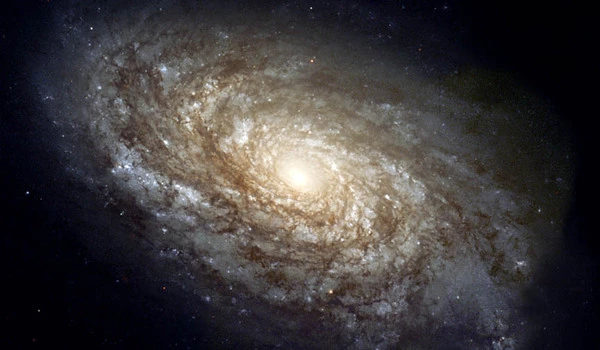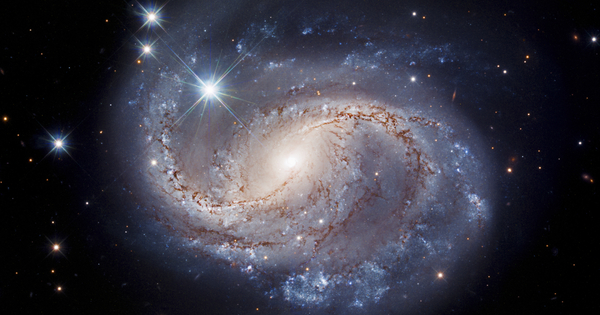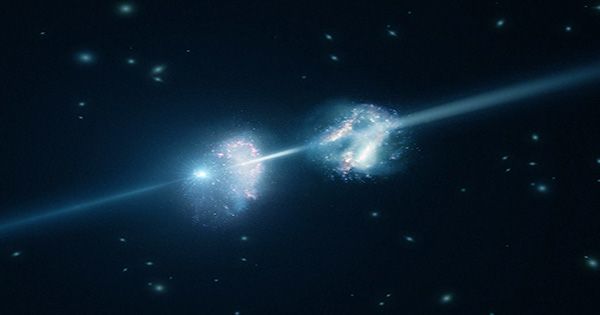Spiral galaxies are a type of galaxy that was first described by Edwin Hubble in his 1936 book The Realm of the Nebulae and are thus part of the Hubble sequence. Most spiral galaxies are made up of a flat, rotating disc of stars, gas, and dust, as well as a central concentration of stars known as the bulge. These are frequently encircled by a much fainter halo of stars, many of which are found in globular clusters.
Spiral galaxies are thought to form as a result of gravitational interactions, mergers of smaller galaxies, and the accretion of gas and dust. In their spiral arms, they frequently have active star formation regions, where new stars are born from the gravitational collapse of dense clouds of gas and dust.

Key features of spiral galaxies include:
- Spiral Arms: Spiral galaxies have one or more arms that spiral around the central nucleus. These arms are made up of a dense concentration of stars, gas, and dust. The spiral arms can be tightly wound or spread out more loosely.
- Central Bulge: The central bulge is a bright and dense region at the centre of a spiral galaxy. The bulge is frequently spherical or elliptical in shape, and it contains older stars. Some spiral galaxies have a larger and more noticeable central bulge, whereas others have a smaller and less noticeable one.
- Disk: Spiral galaxies have a flattened disc that extends outward from the central bulge. Stars, gas, dust, and other celestial matter make up this disc. Young and old stars can be found in the disc, with younger stars frequently found in the spiral arms.
- Spiral Subtypes: Based on their appearance, spiral galaxies can be further classified into different subtypes. The Hubble sequence, the most common classification scheme, divides spiral galaxies into three main categories: Sa, Sb, and Sc. The arms of Sa galaxies are tightly wound and have a large central bulge, whereas the arms of Sc galaxies are loosely wound and have a smaller central bulge. Sb galaxies are located in the middle of these two extremes.
- Barred Spirals: Some spiral galaxies have a bar-like structure extending through the central bulge. These galaxies are known as barred spirals and are denoted by a “SB” in their classification (e.g., SBa, SBc). The bar is thought to play a role in channeling gas and dust to the central regions and influencing the overall structure of the galaxy.
Spiral galaxies get their name from the spiral structures that extend from the centre of the galaxy into the galactic disc. The spiral arms are active sites of star formation and are brighter than the surrounding disc due to the presence of young, hot OB stars.
The Milky Way, our home galaxy, is an intermediate-sized spiral galaxy that belongs to the barred spiral galaxies (specifically, SBc). Spiral galaxies are not only fascinating to look at, but they also help us understand the structure, formation, and evolution of galaxies in the universe.
















